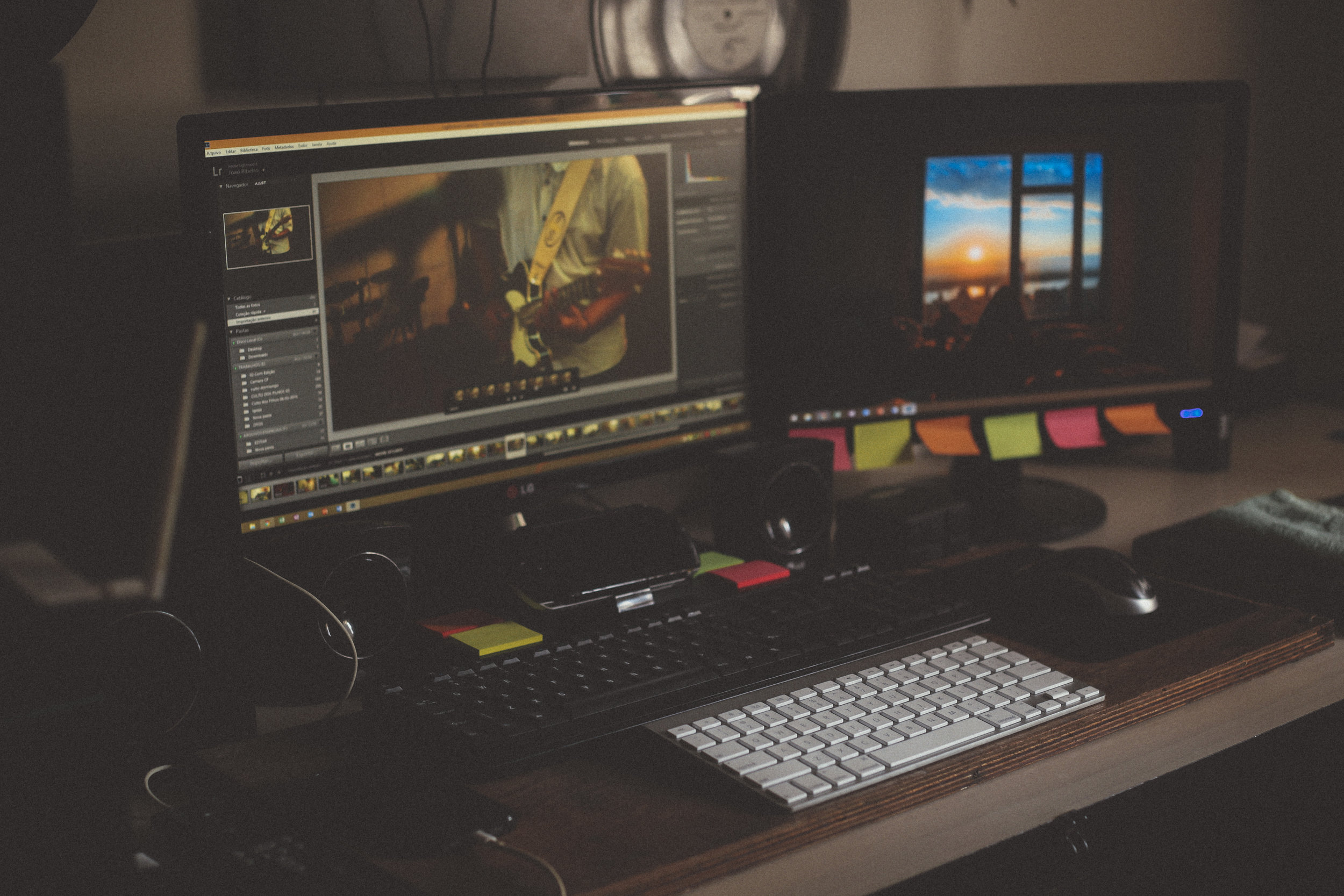Everyone knows the three R’s of the environment: reduce, reuse, and recycle. But did you know there are three (unofficial) R’s of video production too?
Repurpose. Repackage. Redistribute! You invest your time, energy, and money into capturing footage for a video project--why not make the most of the content you create? Here are a few ideas on how to best utilize your video material prior, during, and after your project is completed.
1. REPURPOSE: CLOSED-CAPTION AND TRANSCRIBE VIDEOS
Adding closed captions and a transcript with your video are some of the easiest ways to repurpose your video content. And the best part--this process is both practical and beneficial. Closed captions make the video more accessible to viewers, from the deaf and hard of hearing, to ESL viewers, to those watching on a device with no sound. And it may be strange to some, but many people actually enjoy reading along.
If the video is hosted on a site like YouTube or Vimeo, you can include a transcript in the description, and if the video is hosted on your website, you can often include a link to a downloadable transcript as well. Remember when I mentioned practical AND beneficial? Including a transcript of the video is a great way to improve SEO ranking. The text provides more content for search engines to crawl, and your keywords will likely occur organically in the script.
Pro Tip: If you can afford it, stay away from free or automated captioning features (like that offered by YouTube). Often times these systems are faulty and misinterpret speech. Rather, opt for a professional service. With the growth in popularity, it has become more affordable.
2. REPACKAGE: DIVIDE AND CONQUER
Especially when capturing interview footage, we are always gathering more information than needed for just one video. For example, a profile video typically runs between 2-3 minutes in length, but we are capturing multiple interviews of 10-30 minutes in length. That is a lot of unused content! We have offered clients the option to create shorter, more specific videos instead of cramming all of the information in one long video. This way, they have now created a profile video, an about us/our story video, and service-specific videos, all from the captured interview material.
We have also seen this with more commercial style pieces as well, having created short teaser videos to create buzz on social media platforms before the release of the full video. Which transitions nicely to my third point...
3. REDISTRIBUTE: MAXIMIZE DIFFERENT PLATFORMS
Different videos work better on different platforms based on a number of factors: length of video, audience attention span, and even platform time restraints.
Video hosting sites (YouTube and Vimeo) and client websites support longer videos on average. The audience is typically more qualified, and therefore, will watch a longer, more detailed video. This is where you will typically see the company overview video or brand video hosted.
Social media videos are increasingly on the rise. You won’t be able to scroll through Facebook, Twitter, or Instagram without seeing a video within seconds- and that’s a good thing for companies marketing on these platforms. Videos on these platforms are easy to watch, interact with, and share. And in the end, it’s really all about reaching your customer base, engaging with them, and motivating them to act. Facebook videos are clocking in around 1.5 minutes, Twitter allows for 30-second videos, and Instagram allows for up to 60-second videos. That’s why the repackage and redistribute tips go hand-in-hand. You can consciously divvy up and deliver your message through different channels.
Once you have your video content captured, think about the ways you can maximize its potential to reach the most people and make the biggest impact. And after you have exhausted the three R’s, prepare for your next video project, and keep in mind how to apply the same repurposing practices.



